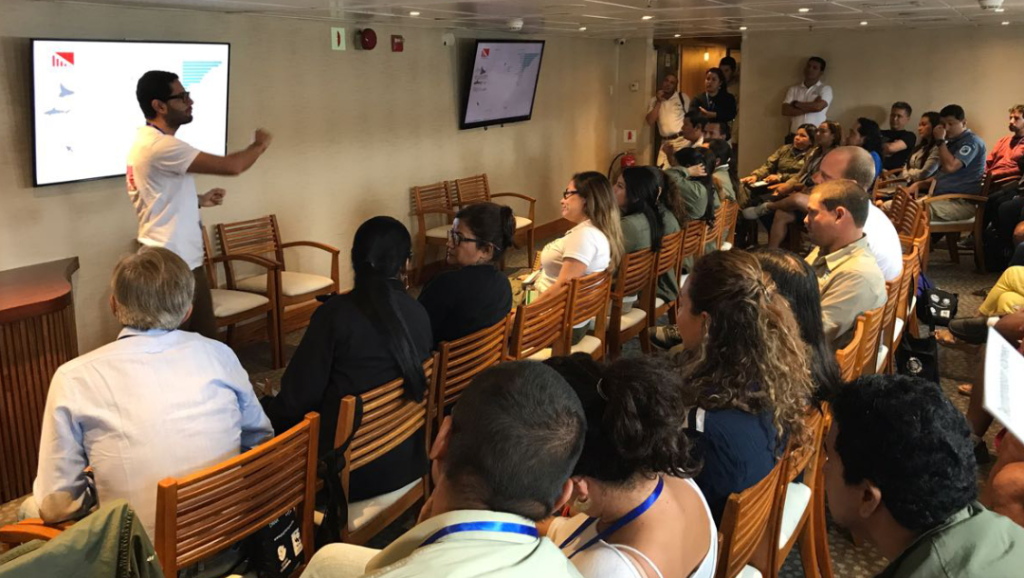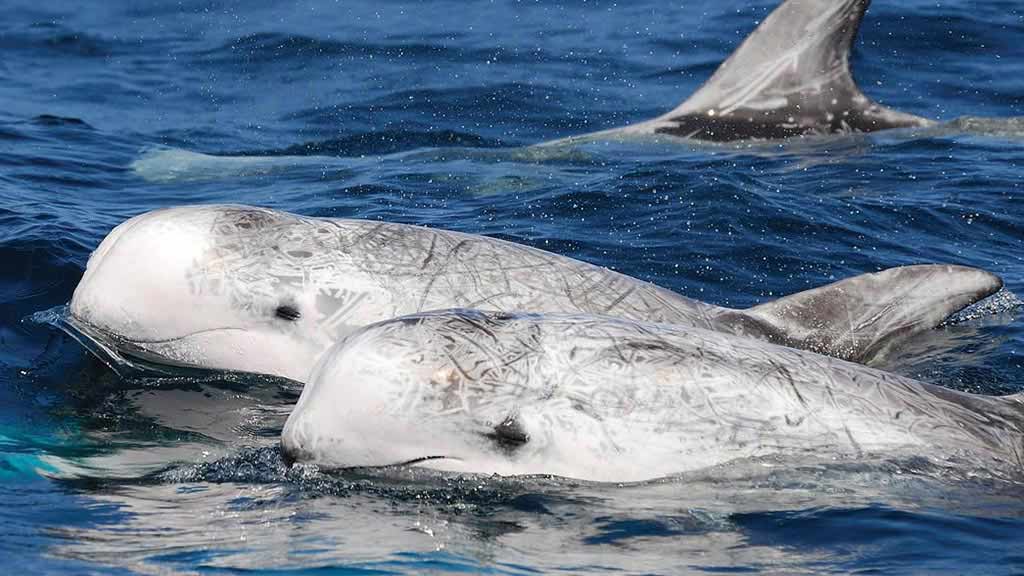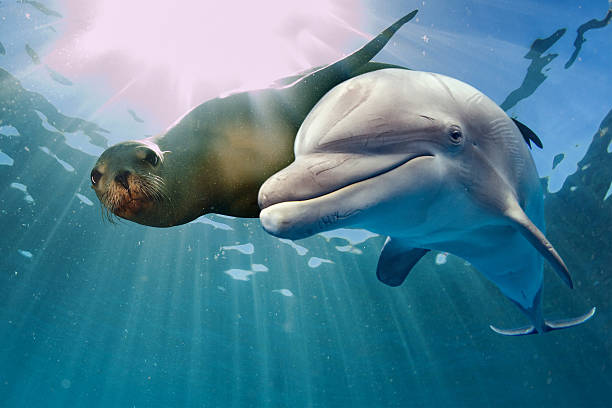DIVER MUST KNOW

– The official currency of Ecuador is the United States dollar.
– The airlines from Quito and Guayaquil to Galapagos, to the Baltra airport, near Santa Cruz Island and Puerto Ayora, or to the San Crisboal airport in Puerto Baquerizo Moreno, on San Cristóbal Island, 2022 are: Equair, Latam and Avianca .
-Tickets can be purchased online or we can help you as long as you secure dates and payments if you have difficulty getting them. Prices vary by airline, dates and promotions.
-The tax card transit $ 10, at the Quito or Guayaquil airports.
-The Galápagos National Park collects cash $100 tax upon arrival at Galápagos.
-All our guides are English and Spanish speaking Dive Masters or Instructors and certified by PADI or NAUI or SSI, and by the Galapagos National Park and the National Navy.
-Not all the dive sites are for the same level of experience. There are sites for beginners, intermediates and experts.
-We usually consider beginners divers at 5 to 30 dives logged, intermediates 30 to 100, experienced more than 100.
-Darwin and Wolf are not for beginners, we need100 registred dives.
-Minimum age to dive 12 years old at easy places.
-Our dive limit is 30 meters or 100 feet.
-No one can dive alone.
-Travel time may vary and the dive sites could be changed or cancelled depending on the weather or sea conditions.
-Individual or last minute divers are subject to the day’s program.
-Dives depend of currents, wind, visibility, temperature,animals and other variables.
-We can’t promise that you will be able to see all the animals mentioned in our information.
-Currents are unpredictable and may be negligible or up to 3 knots.
-Spear fishing is forbidden by law.
-The Galapagos Hyperbaric Chamber is in Puerto Ayora-Santa Cruz island.
-We recommend that the diver comes with their own life and diving insurance.
-Galápagos electrical current: 110V 60~
CLIMATE
(into the climatic change)
There are two seasons: From January to June is the hot season.
Rains are most common early mornings in January. Water temp. 22 – 28°C (70 – 85F) Air temp. 25 – 30°C (78 – 88F) Strong sun and calm sea. Hottest month is March. From July to December there may be misty rains, water temp 16 – 22°C (60 – 70F) Air temp. 20 – 28°C (68 – 80F) Occasional clouds or overcast, light rains, and light chop at sea. The coldest month is September. There are no storms in Galapagos.
MARINE FAUNA
The main attraction are the sharks: hammerheads, galápagos endemic, witw find, black find. Rays: marbled, sting, golden, eagle and mantas. Marine tourtles, sealions anda marine iguanas.
The reef fish include: King Angelfish, Barberfish, Butterflyfish, Surgeonfish, Morays, Moorish Idol, Chub, Porgy, Halfbeak, Grunt, Black Striped Salema, Barred Pargo, Giant Damselfish, Panamic Sergeant Major, Panamic Graysby, Flag Cabrilla, Barred Serrano, Creole fish, Parrotfish, Snapper, Bacalao, Golden Grouper, Leather Bass, Wrasse, Streamer Hogfish, Cornetfish, Sea Horse, Blenny, Frogfish, Batfish, Flounder, Lizardfish, Scorpionfish, Hawkfish, Puffer, Balloonfish, Burrfish, Boxfish, Triggerfish, Goatfish and much more.
Pelagic fish include: Bigeye jack, Tuna, Bonito, Sierra, Wahoo and more. Sometimes even marlin or sailfish. Unlike other places, the billfish come close to shore in Galápagos and are occasionally seen by divers. Whalesharks, whals, orcas and dolphins can see at all the trips too.
Invertebrates include: Octopus, three species of lobsters including the endemic slipper lobster, sea cucumbers, anemones, nudibranchs, sea urchins, starfish, sponges and corals.
REMEMBER: In Galápagos do not feed or touch the animals.
Transfers: We can arrange all type of transfers in to the Ecuador include Galápagos.
RULES OF THE GALÁPAGOS NATIONAL PARK
1. Do not get too close to animals, maximum 2 meters.
2. Do not touch or feed the animals.
3. Do not remove elements from nature.
4. Do not smoke, do not drink alcohol or make fires.
5. Always follow the marked path and NEVER leave it.
6. Take photos without flash (for commercial filming you need permission from the National Park).
7. Camp only at designated sites and with prior authorization from the National Park.
8. Use only experiential fishing boats, diving or land tours duly authorized by the National Park).
9. Do not enter external elements to the ecosystem.
10. Do not use aquatic or underwater or aerial machines
11. Do not litter, take it to your boat or to your hotel
12. Clean the soles of your shoes before disembarking on the islands. You may have carried some endemic seeds from one island to another.
13. You cannot make visits without a qualified guide by the National Park, except in the inhabited islands.
14. Always stay with your group.
WHAT BRING
Cotton pants
Shorts
Tshirts
Long sleeve shirts
Hat or cap
Sunscreen
Shoes with good styling
Tevas or very good sandals
Sunglasses (with strap)
An additional pair of prescription glasses if you wear them
Small backpack for waterproof land preferable visits
Plastic bag to keep your camera or photographic equipment dry.
Snorkeling equipment (if you have one)
Personal medications
Dizziness tablets if you think you will need them, check with your doctor
Wet suit or snorkeling skin (if you have one)
Binoculars (if necessary)


